Table of Contents
This article is a first look at the 2022 updates of the highly-popular Lenovo Legion 5 and 5 Pro series of gaming/performance laptops.
We’ve reviewed these Legions in multiple configurations over the past years and we consider them among the best-value products in their classes, especially in the mid-tier configurations. You’ll find all our previous reviews here.
For the 2022 models, Lenovo are bumping the hardware specs on both the Legion 5 Pro and the Legion 5 to the latest AMD, Intel, and Nvidia specs, with support for DDR5 memory and faster storage and connectivity. They’re also updating the power settings and the screen options on the two series.
Specs aside, the 2022 Legion 5 Pro gen7 is only a slight refinement of the gen6 model from 2021, but the base-tier Legion 5 gen7 has been completely revamped. The plastic chassis has been replaced with a metallic build, the laptop is overall smaller in size than in the past, the thermal module has been refined, the IO has been updated, and a QHD screen option is now available for most configurations.
Update: Our review of the Intel-based Lenovo Legion 5i Pro is available here (RTX 3060 model) or here for the RTX 3070Ti legion 5i Pro model, and here’s our review of the regular Lenovo Legion 5i model. We’ll follow up with other reviews in the near future.
Update: If interested, here are our thoughts on the updated 2023 Lenovo Legion Pro 5 and Pro 5i models. And here’s our coverage of what looks like the 2023 successor of the Legion 5 series, the new Lenovo LOQ 15/16 lineup.
We’ll get in-depth further down, but first, here’s a quick look at the specs sheets of these two 2022 Legion 5 models.
| 2022 Lenovo Legion 5 Pro gen 7 and 5i Pro gen 7 – review and review | 2022 Lenovo Legion 5 gen 7 and 5i gen 7 – review | |
| Screen | 16-inch, QHD 2560 x 1600 px IPS, 16:10, non-touch, matte 240 Hz 3ms response, GSync support, VRR support 500-nits, 100% sRGB |
15.6-inch, up to QHD 2560 x 1440 px IPS, 16:9, non-touch, matte 165 Hz 3ms response, GSync support 300-nits, 100% sRGB |
| Processor | AMD Rembrandt Ryzen 9 6000 (up to Ryzen 9 6900H) on Legion 5 Pro Intel 12th-gen Alder Lake Core H (up to Core i9-12900H) on Legion 5i Pro |
AMD Rembrandt Ryzen 9 6000 (up to Ryzen 7 6800H) on Legion 5 Intel 12th-gen Alder Lake Core H (up to Core i7-12700H) on Legion 5i |
| Video | Radeon Vega/ Intel UHD + Nvidia RTX 3000 series (up to RTX 3070Ti 8 GB GDDR6, 150W), with MUX and GSync support |
Radeon Vega/ Intel UHD + Nvidia RTX 3000 series (up to RTX 3070Ti 8 GB GDDR6, 140W), with MUX and GSync support |
| Memory | up to 32GB DDR5-4800 (2x DIMMs) | up to 32GB DDR5-4800 (2x DIMMs) |
| Storage | up to 1 TB PCIe gen4 (2x M.2 slots) | up to 1 TB PCIe gen4 (2x M.2 slots) |
| Connectivity | up to Wireless 6E with Bluetooth 5.2, Gigabit LAN | up to Wireless 6E with Bluetooth 5.2, Gigabit LAN |
| Ports | Left: 1x USB-C 3.2 gen2, 1x USB-C 4.0 with Thunderbolt 4 (on Intel only, 3.2 gen2 on AMD) Right: 1x USB-A 3.2 gen1, 1x audio jack, 1x eShutter button Back: LAN, 1x USB-C gen2 with DP, power up to 135W; 1x USB-A 3.2 gen2, 1x USB-A gen1, HDMI 2.1, DC-In |
Left: 1x USB-C 3.2 gen2, 1x USB-C 4.0 with Thunderbolt 4 (on Intel only, 3.2 gen2 on AMD) Right: 1x USB-A 3.2 gen1, 1x audio jack, 1x eShutter button Back: LAN, 1x USB-C gen2 with DP, power up to 135W; 1x USB-A 3.2 gen2, 1x USB-A gen1, HDMI 2.1, DC-In |
| Battery | 80 Wh, up to 300 W power adapter, USB-C charging up to 135W | 60 or 80 Wh, up to 230 W power adapter, USB-C charging up to 135W |
| Size | 356 mm or 14.01” (w) x 264.2 mm or 10.4” (d) x 21.7-26.85 mm or .86-1.1” (h) | 19.9 mm or .79” (h) |
| Weight | from 2.5 kg (5.5 lb), + power brick | from 2.4 kg (5.3 lb), + power brick |
| Extras | white/blue/4-zone RGB backlit keyboard with NumPad, 2x 2W stereo speakers, HD webcam with Shutter, available in Gray or White variants | white/4-zone RGB backlit keyboard with NumPad, 2x 2W stereo speakers, FHD webcam with Shutter, available in dark or light Grey variants |
Just as in the past, these laptops are available with either Intel or AMD hardware, and the “i” in the name indicates the Intel configurations. With this generation, the Legion 5 Pro is built on AMD Ryzen 6000 H hardware, while the Legion 5i Pro is built on 12th-gen Intel Alder Lake Core H hardware.
Aside from the performance and efficiency differences between the two platforms, which we’ll be able to properly assess once we get our hands on the review units, there are also a few other specific differences between the two. Among those, there’s the exclusive support for Thunderbolt 4 only on the Intel models, as well as the fact that both M.2 storage slots support PCIe gen4 speeds on the Intel models, and only one is PCIe gen4 capable on the AMD variants. Most of these tech details should not make a significant difference with actual use, but you should still be aware of them when deciding on the two options.
2022 Legion 5 Pro and 5i Pro series
We’ll briefly go over this one as not a lot has changed from the 2021 generation, as already mentioned earlier.
Internally, it looks like Lenovo decided to offer an RTX 3080-class configuration for the 5 Pro gen7 series, while the previous versions could only be configured up to a 3070. It’s the full-power implementation that can go up to 165W with Dynamic Boost, which was previously an exclusive for the Legion 7 lineup. No word on the 2022 Legion 7 yet, which is probably why Lenovo pushed the upper GPU to the 5 Pro as well – a Legion 7 update is also available now, and we’ve covered it in this separate article.
Lenovo also mentioned an updated CoolFront 4.0 cooling module on the 5 Pro with additional heatpipes and larger exhausts, required to match the higher-power GPU. Don’t forget that this does not get the vapor-chamber cooling module that’s available on the Legion 7s, and that might impact the overall thermals and performance with the 3080 configurations. The beefier thermal design should be a welcomed update on the 125-140W 3060 and 135-150W 3070 configurations, which I still expect to be the better value options in this chassis.
That aside, there’s still the same 80Wh battery on the 5 Pro series, with quick charging that allows to fill up to 80-percent in only around 30 minutes, plus support for PowerDelibery via USB-C. As a novelty for the 2022 model, USB-C charging is now possible at up to 135W of power, with a supported charger (Lenovo launched a compatible 135W GAN charger that you can get).
Another update that might not be immediately noticed is the new panel offered with the 2022 Legion 5 Pro lineups. It’s still 16-inch matte with a 16:10 aspect ratio, QHD+ resolution, and 100% sRGB colors, but it’s a little brighter than before at 500+ nits of peak brightness, a little faster at up to 240Hz refresh rate, and will support VRR – variable refresh rate with a later BIOS update towards the middle of the year. VRR technology has been available for TVs and monitors for a while now, but so far has not been implemented on the internal displays of laptops. It’s meant to completely eliminate tearing without any of the side effects of GSync or Adaptive Sync.
On the other hand, there’s no high-gamut display option on the 5 Pro series, something those of you looking for a balanced work/play computer might have appreciated.
The construction and overall features of the 2022 5 Pros are mostly similar to the 2021 models, with aluminum-magnesium alloys used for the external case, the same 4-zone RGB Truestrike keyboard, and a plastic clickpad. You can also still get these notebooks in either a white/silver variant with a white keyboard or a gray variant with a dark-gray keyboard. The white one sure looks spectacular, but the keyboard is more practical in the black variant, thanks to the enhanced contrast with the illumination switched on.
I did notice a slight redesign of the lid and the IO. The A-panel looks much more professional now, as the backlit Y logo has been replaced with a cleaner design and the same kind of Legion branding we’ve been accustomed to on the Legion 5 and 7 series.
As for the IO, there’s one less USB-A slot on the back of the laptop, and there are now 2x USB-C slots on the left edge, with one of them being Thunderbolt 4 capable on the Intel variants, but only USB 3.2 on the AMD models. The audio jack has also been moved to the right side as a result, next to the e-Shutter button – not a fan of this change, as I prefer not having any cables around my mouse area at the right side of the laptop.
I would have also hoped for some sort of update on the audio and camera, as those were among my complaints with the previous generation, but I’m not seeing them mentioned in the press release. They might have replaced the camera with a FHD module, though, since that’s now available for the base Legion 5 2022 generation. We’ll need to further look into this detail and update.
Hopefully, the power profiles have been tweaked as well, there was some room for improvement there – Lenovo mention the Intelligent Mode where a refined AI Engine juggles with the power and fan settings in order to maximize the performance and comfort, but we’ll have to see how this performs in real-use once we get the review units. I’d also expect a better published Silent mode, given the inconsistencies we had on both the 2021 Legion 5 and Legion 5 Pro models in our reviews.
All in all, Lenovo refined what was already an excellent gaming/performance laptop with this 2022 Legion 5 Pro lineup, cleaning up the design and updating the hardware specs. This will for sure remain a highly popular product in its class.
The Intel-based 2022 Legion 5i Pro series is expected in stores around February, starting at $1500+ MSRP for most likely a Core i7 + 3060 configuration. The AMD-based Legion 5 Pro will be available later in the year, around April, from $1400+.
2022 Legion 5 and 5i series
Lenovo have revamped the 2022 Legion 5 design across the board.
On the outside, aluminum alloys are now replacing the plastic case of the previous generation, available in two shades of grey and with clean branding elements. The overall chassis is now 15% thinner than in the past, but the overall weight remained constant at 2.4+ kilos due to the heavier metals used for the construction and the internal redesign.
Part of the internal changes are about a revamped thermal module meant to reduce the overall system noise in demanding loads, while not sacrificing the performance. Lenovo mentions up to 40% higher capacity fans and 45% larger radiators on these 2022 Legion 5s, as well as unobstructed air-intakes on the underside with taller rubber feet, and all these should allow the fans to run quieter. This would be a much-appreciated update, as the 2021 Legions did ramp up at 50+ dB with games and taxing workloads on the Performance profiles.
That aside, the Legion 5 series is built on Intel/AMD H-class processors and up to RTX 3070Ti graphics at launch, able to run at up to 140W of power with Dynamic Boost. That’s on par with the previous Legion 5s. A MUX is still implemented, and with the 2022-generation hardware, this series runs on DDR5 memory and PCIe gen4 storage.
You’re still getting 15.6-inch 16:9 screens on the Legion 5 series and not the 16-inch 16:10 options available on the 5 Pros and the 7s. Lenovo also opted for lesser quality panels here, with either FHD 165Hz or QHD 165Hz options, both with only 300-nits of peak-brightness, 100% sRGB color coverage, and no VRR support.
I did catch someone mentioning a FHD camera at the top of the display on the Legion 5s, with a kill switch on the right side, and that would be a welcomed update – looking for confirmation, though.
For what is worth, a 17-inch Legion 5 was also available for the 2021 generation, but is no longer mentioned with the 2022 update. Lenovo either ditched the larger version, or it will be updated later in the year. For now, though, only the 15-inch variant benefits from the redesign.
Lenovo also mentions what looks like a larger clickpad and an updated keyboard for this lineup. The keyboard’s layout is pretty much the same as before, but the actuations are a little shallower at 1.5 mm of travel depth and quieter than before, and the illumination offers 4-zone RGB control on most configurations.
The IO has been updated as well and now is identical to what Lenovo offers on the Legion 5 Pro series, including support for USB-C charging at up to 135W and Thunderbolt 4 on the Intel model, plus WiFi 6E and Bluetooth 5.2 connectivity on the top configurations.
The battery situation is a little unclear at this point, though, as it seems like all the Intel models ship with an 80 Wh battery, while on the AMD models you’ll get an option of either 60 or 80 Wh, depending on the other specs.
No word on whether the audio system has been updated or not, either; 2x 2W speakers are still mentioned, like in the previous generation, so I wouldn’t expect much better quality.
All in all, I have great expectations from this 2022 Legion 5 update. With the more premium and compact construction, the updated specs, and quieter thermal module, plus the revamped inputs, screens, and IO, this is going to be a very tough competitor in its niche. I do expect a price bump compared to the previous generations though, with all these updates, and that might weigh in favor of some of the cheaper alternatives like the updated Acer Nitro 5s (2022 Nitro review) or Asus TUF Gaming (2022 TUF Gaming A15 review) series.
From what we know right now, the Intel-based 2022 Legion 5i series is expected in stores around February, starting at $1200+ for most likely a Core i5 + 3050Ti configuration. The AMD-based Legion 5 will be available later in the year, around April, from $1100+.
Update: Our review of the Intel-based Lenovo Legion 5i Pro is available here for the RTX 3060 configurations, or here for the highest-tier RTX 3070Ti model. We’ll follow up with other reviews in the near future.

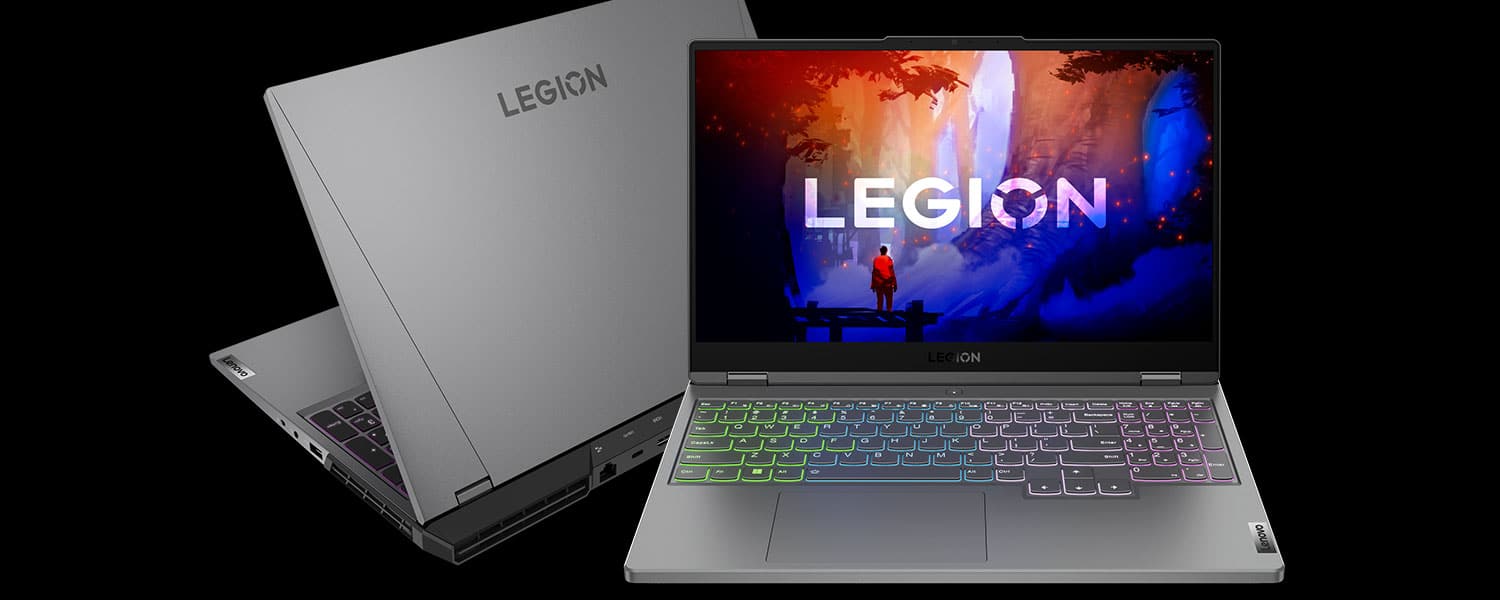
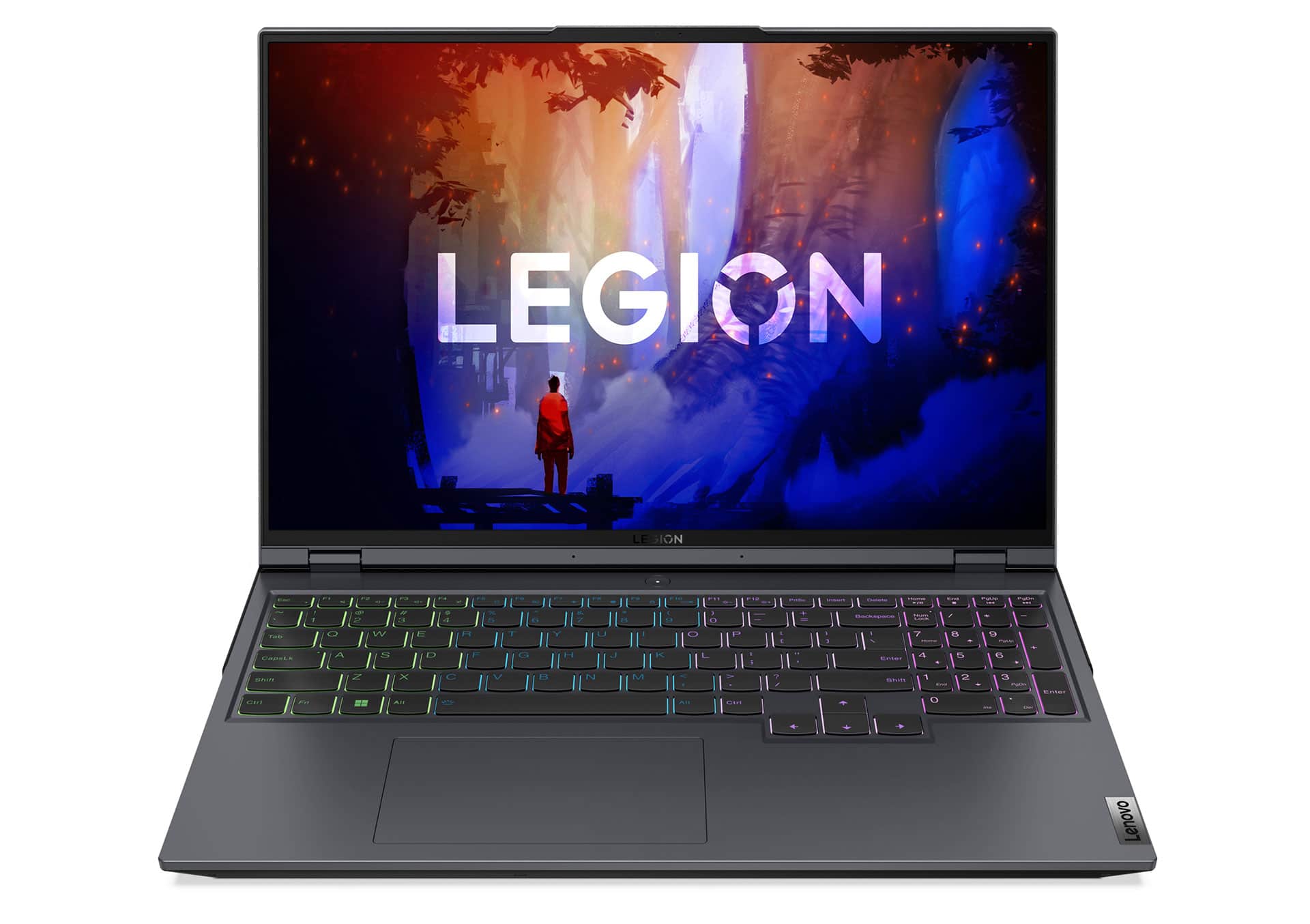
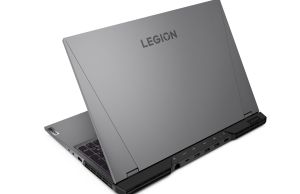
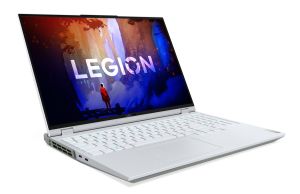
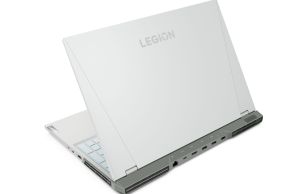
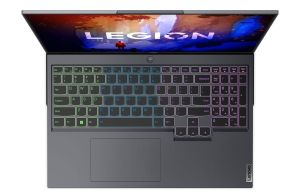
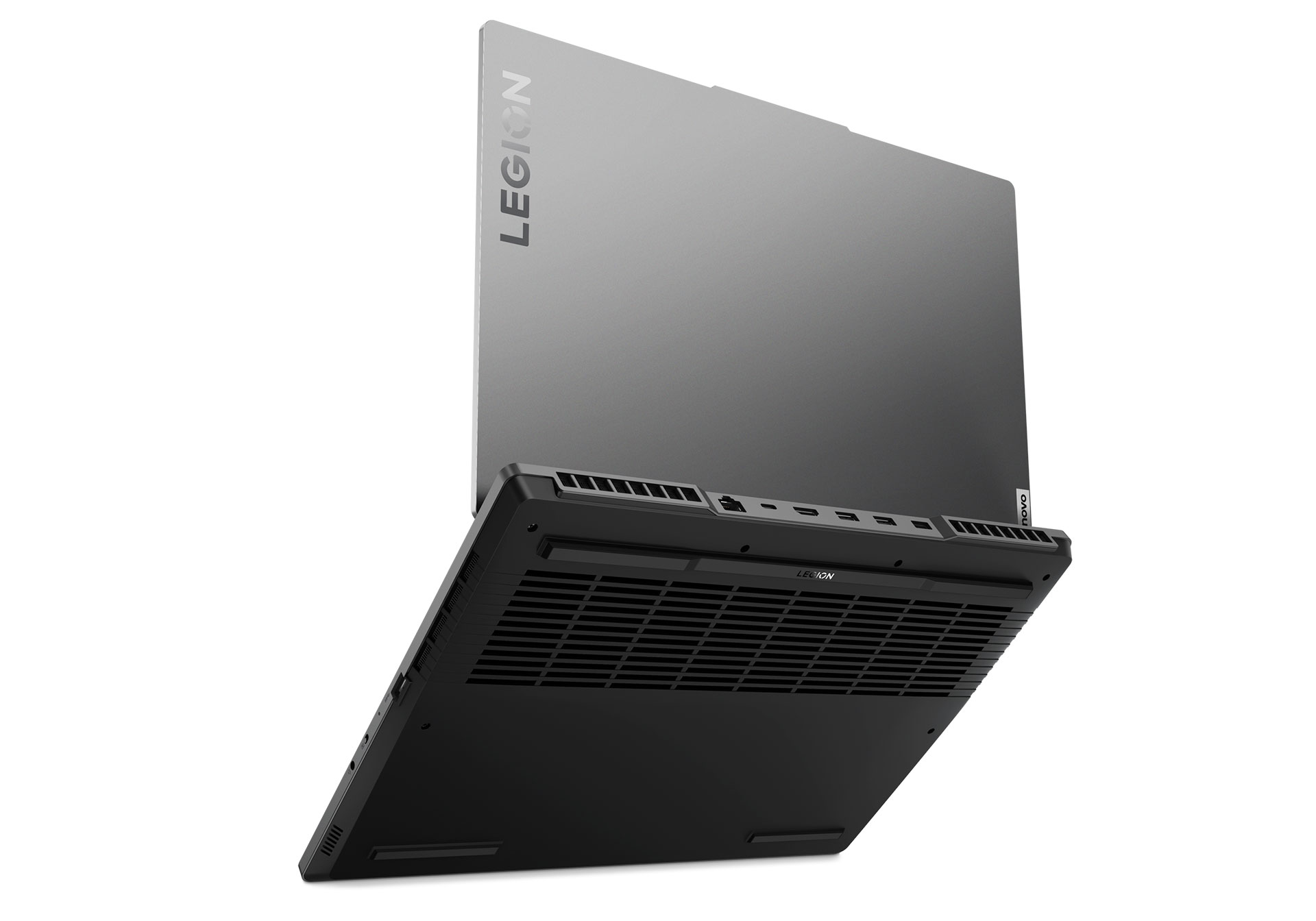
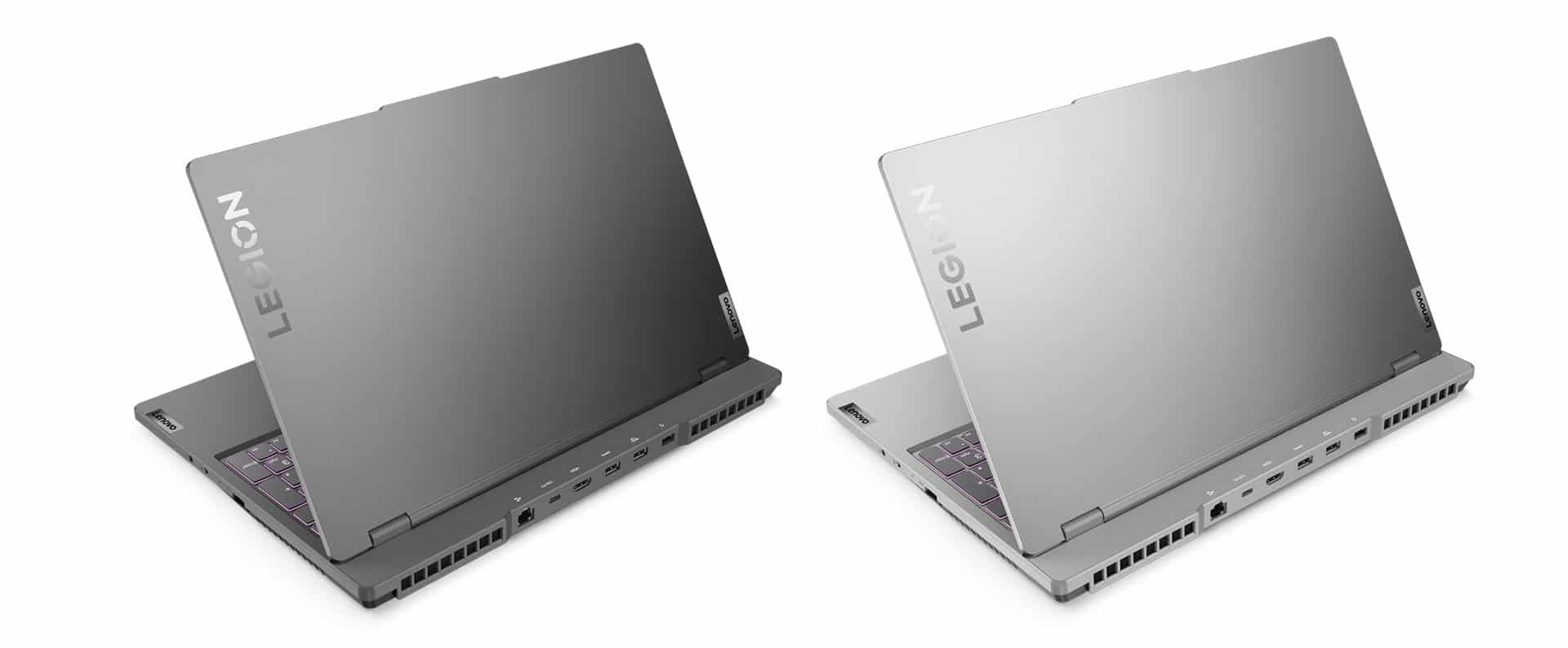
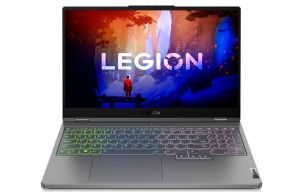
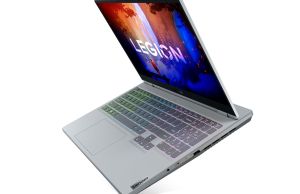
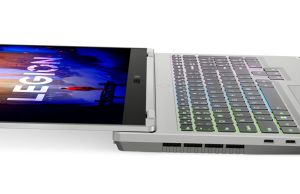



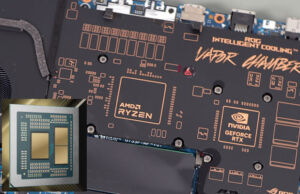
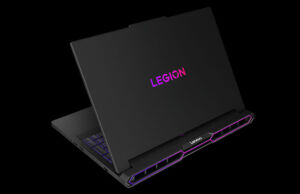
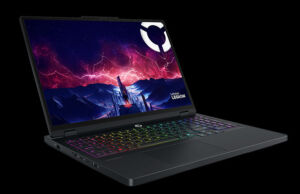
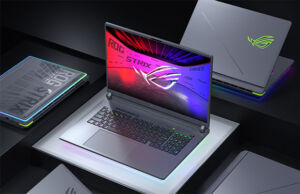




AlexS
January 15, 2022 at 2:34 am
That aside, the Legion 5 series is built on Intel/AMD H-class processors and up to RTX 3070Ti graphics at launch, able to run at up to 125W of power with Dynamic Boost. That’s on par with the previous Legion 5s.
I don't think that is correct, in the Legion 5 2021 RTX could go to 130w and the 3070 to 145w. This really a disappointing Legion 5 upgrade that don't even have a 17.3" from the list above.
Kaustubh Narkar
March 29, 2022 at 6:09 am
When will it be available in market?
AlexS
January 15, 2022 at 2:35 am
I meant the RTX 3060 could go to 130w. Sorry for the missing 3060.
freesailor
February 18, 2022 at 1:57 am
Lenovo's PSREF site claims 140W TGP for the 3070 Ti in Legion 5 2022
lenovo.com/Detail/Legion/Lenovo_Legion_5_15IAH7H?M=82RB000AGE
and 150W TGP for the 3070 Ti in Legion 5 Pro 2022
lenovo.com/Detail/Legion/Lenovo_Legion_5_Pro_16IAH7H?M=82RF009TIX
(in both cases with i7-12700H CPU).
So it could be that 125W is a "conservative" value but that the real limit is higher, also depending on the cooling capacities of the individual models.
Andrei Girbea
February 18, 2022 at 10:06 am
Thanks, updated!
FMB
February 23, 2022 at 2:35 am
With the Ryzen 6000 H series having integrated GPU performance better than MX450 on DDR5 RAM, all I want is a Ryzen 7 6800H CPU paired with 32GB of RAM and 1TB storage with a decently bright IPS screen and solid 8-10 hours of battery life on regular usage. It's so hard to find such a configuration without an expensive NVIDIA GPU attached. 16GB of RAM is barely enough these days for any kind of serious multitasking work, and even in gaming laptops you have to spend almost 2000€ or more for models with 32GB of RAM. Do you have any suggestions or foresight about 2022 laptop models coming with Ryzen 6000 H-series that could fulfill my needs?
Andrei Girbea
February 23, 2022 at 9:54 am
Maybe some sort of IdeaPad/Yoga Pro or ZenBook Pro, but we'll have to wait and see what will be available later in the year
Aurelio
February 24, 2022 at 2:43 am
It looks like the Legion 5i Pro Gen 7 with i7-12700H and RTX 3050 Ti (a relatively "tame" configuration) will be a whooping $1779.99 at launch!
lenovo.com/us/en/p/laptops/legion-laptops/legion-5-series/legion-5i-pro-gen-7-(16-inch-intel)/len101g0015
The 2021 model (Intel 11th gen) with "very similar specs" (RTX 3050 Ti, etc) was $1275.00 around here; that amounts to an almost 40% price hike! Ouch!!
Taking into acount that Windows 11 optimizations for the 12th gen Intel processors won't be really "optimal" for at least a few too many months, I really don't see how this could possibly be a good deal.
Also it seems that DDR5 memory may very well get a little better for the 2023 generation of laptops.
Unless you've got seriously deep pockets and don't care for $500.00 you would be much better off buying the (probably) discounted 11th gen 2021 model, be VERY happy with it, and trade it again for a considerably better (more optimized, probably cheaper) laptop when 2023 comes.
freesailor
February 24, 2022 at 4:54 pm
I agree.
Not a good time to buy a 2022 laptop: costs, availability, delivery times …
I don't think that even if you ordered a Legion 2022 in March, you could have it before June or July.
Additionally, both Raptor Lake and Ryzen 7000s are expected to arrive in Q3 and mobile versions by the end of the year, and both should have significant improvements on current CPUs.
So, I too think it's better to wait towards the end of the year and look for a substantial discount on 2022 or wait for the 2023 models.
Michael
June 11, 2022 at 9:52 pm
Right but when those new processors arrive we will then have to wait another 6 months to a year for them to start getting put in laptops . Sucks we have to wait a year for crap . I started my search in Jan and now it’s June and I still can’t find new processors in computers that are IN STOCK and somewhat in my price range . And my price range is 2200$ so I’m not being cheap . When you call the manufactures and say “ hey you released this so why can’t I buy it ?” Their answer is “ chip shortage “ I just don’t know if I can wait till this time next year to see a working product from fall releases of this year .
Erik M
March 10, 2022 at 10:57 pm
Great advice!
George S
March 21, 2022 at 10:12 pm
Hey Andrei.
Appreciate all your hard work previewing and reviewing all the new 2022 laptops in real time. We understand how much hard work and thought goes into your content! I have a somewhat atypical question.
– I travel quite a bit back and forth from San Francisco and NYC, staying in each city for about a month at a time.
– In both cities I have a room setup with 2 external monitors, keyboard, mouse, and laptop stand.
– I would like to have the highest performing gaming laptop while spending the least amount of money.
– I am always connected to an external monitor AND power so laptop screen quality and battery life are never an issue.
My budget is within 1500-2000 USD
Considering what is here and coming out within the next 3 months, what might you recommend?
Andrei Girbea
March 22, 2022 at 2:59 pm
Hi George.
I'd go with a 2021 Legion 5 Pro for that budget, in a Ryzen 9 + RTX 3070 (or 3060 at a lower budget) + 32 GB of RAM configuration.
2022 laptops seem to sell for a fair bit more now, especially the Intel options. These Legions would be on the list, as well as the ROG Strix Scar 15 or maybe the MSI Raider GE66, but at sub-$2000, you will only get the 3060 configurations.
I reckoned portability is not that important as you're prioritizing performance, that's why I recommended full-size and somewhat chunkier/heavier options for you.
George S
March 22, 2022 at 7:28 pm
Hey Andrei!
Thanks so much for getting back to me. So you're saying saying to stick to 2021 models as they are cheaper and still fulfill my needs at this budget?
Why the Pro vs the normal Legion models? My impression was it just had a better screen and some higher end configs.
I assume you meant Ryzen 7 right? Only the 2022 models have the Ryzen 9. Also when you say full size, you're talking about the 17inch version? It does look like its cheaper for the same components.
Lastly, why the need for 32GB of RAM?
Andrei Girbea
March 22, 2022 at 7:40 pm
The regular 5s should do fine as well. I just preffer the build quality, the screen, and the minor differences in the cooling module on the 5 Pro, and the difference in price is minor between the 5s and the 5 Pros over here. If that's not the case where you are, then the 5s should do.
By full-size I'm referring to the overall format of either the 15, 16, or 17-inch options. They're bulkier and heavier than portable designs such as a Razer Blade or an Asus Zephyrus.
16 GB should be fine for gaming as well. Just saying that 32 GB should also be an option within your budget, if you think you would need it later on. And yes, I meant the Ryzen 7, the 9s are only available with the Legion 7s with the 2021 models.
George S
March 22, 2022 at 8:01 pm
Thanks, right now in my region, Lenovo is offering the following promotion for $1528 USD:
Processor
: 11th Generation Intel® Core™ i7-11800H Processor (2.30 GHz, up to 4.60 GHz with Turbo Boost, 8 Cores, 16 Threads, 24 MB Cache)
Operating System
: Windows 11 Home 64
Graphics
: NVIDIA® GeForce® RTX™ 3070 8GB
Memory
: 16 GB DDR4 3200MHz (2 x 8 GB)
Storage
: 512 GB PCIe SSD
Display
: 15.6" FHD (1920 x 1080) IPS, anti-glare with Dolby Vision™, NVIDIA G-SYNC™, 300 nits, 165Hz
Seems to be a pretty good deal. Keep in mind, I don't mind waiting and spending $2000 on a 2022 if its significantly better. But if you're saying everything will be WAY more expensive for not much gain. Then I'll grab this.
Andrei Girbea
March 22, 2022 at 8:28 pm
I'm not very familiar with current legion prices and discounts,but it seems like a fair configuration for that price, and it should game well. Battery life isn't great with the Intel processor, though, up to you if that's important or not. Also, you might want to add extra storage later on, as the 512 GB SSD isn't much considering the size of modern games.
For what is worth, the 5 Pro is $1589 on Amazon with Ryzen 7, 3070, 1 TB of storage and the better screen. https://amzn.to/3qqXOo6 I'd lean towards that instead.
Raj
April 21, 2022 at 2:56 pm
Hello,
When can we expect it be launched in India?
Legion 5i Pro and 7i
Thanks
Al
July 3, 2022 at 10:38 pm
Is there information for legion 5 17.3" for 2022?
Andrei Girbea
July 4, 2022 at 9:07 am
as far I can tell, there's no longer a 17-inch 2022 model.